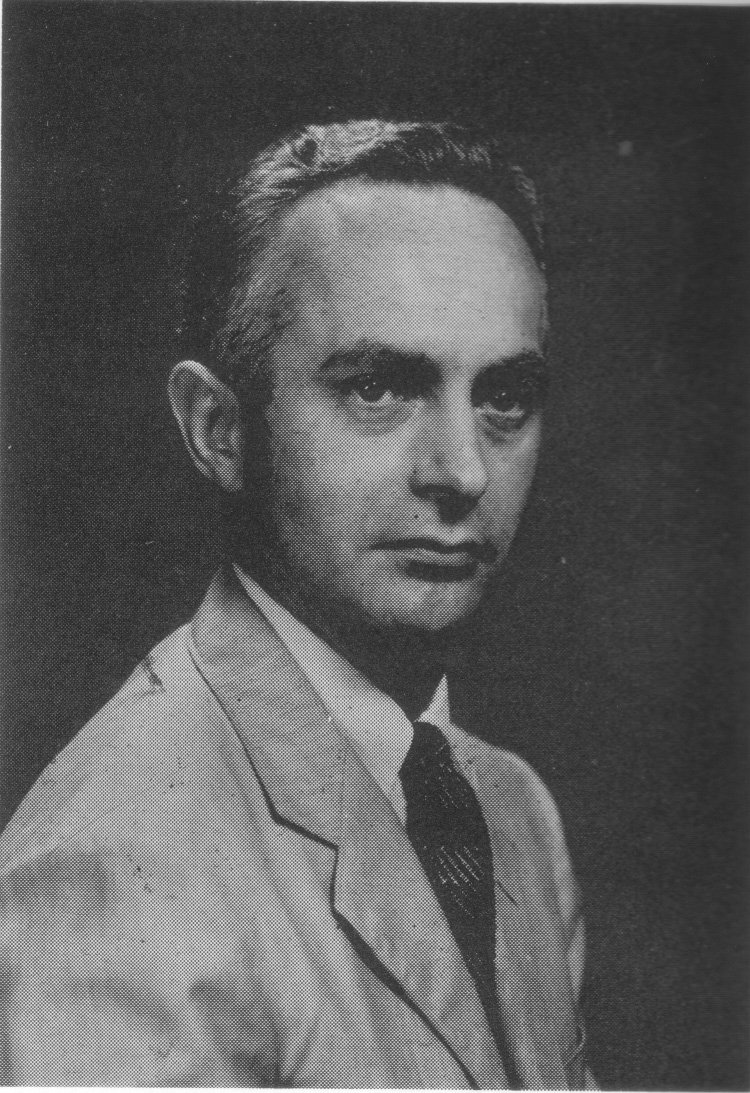The History of Business Law at Yale

Ward S. Bowman, Ford Foundation Professor of Law and Economics, 1956-77
Ward Simon Bowman (1911-92) was an economist recruited to the Law School by Dean Rostow during his expansion of the faculty in the late 1950s. Bowman’s innovative work was an early exemplar of the use of price theory to analyze legal problems, an approach often referred to as the Chicago “School” of Law and Economics.
Bowman’s best-known work was in the field of antitrust, and its intersection with intellectual property law. His article, “Tying Arrangements and the Leverage Problem,” 67 Yale L. J. 19 (1957), is among the most cited articles in the history of the Yale Law Journal. The article anticipated the work of Robert Bork and others, contending that monopolists would generally be unable to “leverage” a monopoly through product-tying.
In 1973, Bowman published a path-breaking book, Patent & Antitrust Law: A Legal & Economic Appraisal. The book was a sustained critique of existing doctrine. For example, Bowman contended that “…by parlaying a leverage fallacy with an unproved, incipient monopoly hypothesis (arising from an assumed identity between effect on competitors and effect on competition) the Court has since 1917 consistently applied faulty economics leading to the wrong answers to the questions it has asked.” Patent & Antitrust Law, at 182. Another central insight in the book was that patent and antitrust law did not pursue opposing goals (monopoly, on one hand, and competition, on the other), but had a single, common goal— “to maximize wealth by producing what consumers want at the lowest cost,” Patent & Antitrust Law, at 1.